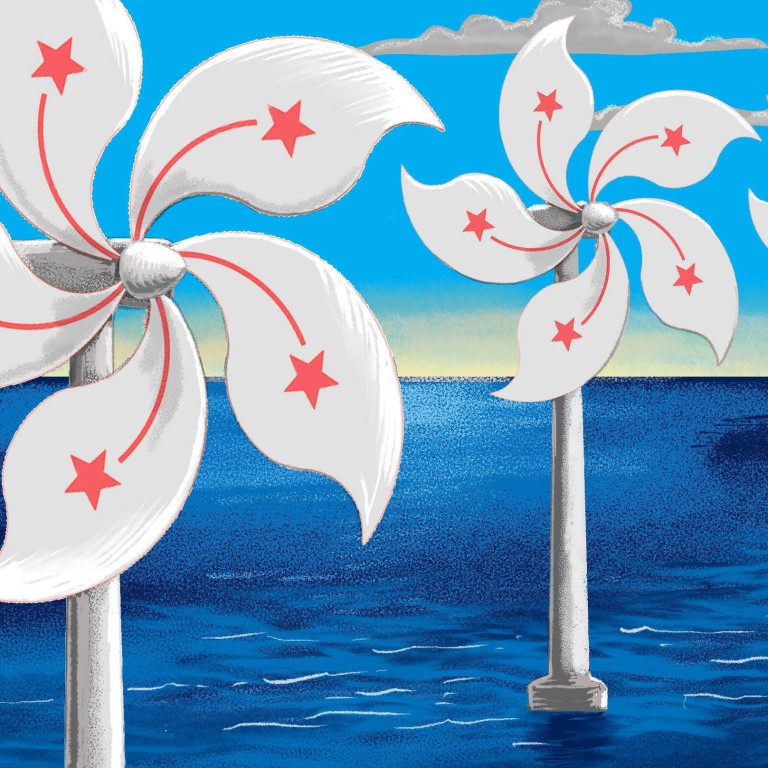Part of the problem stems from the role natural gas plays in the power sector. Gas made up 37 per cent of Hong Kong’s total energy supply in 2021, with coal at 32 per cent and oil at 30 per cent. Most of that gas is imported from the mainland via underwater pipes and sent to the Black Point, Castle Peak and Lamma power stations for electricity generation and to plants in Tai Po and Ma Tau Kok for production of town gas.
This would go a long way towards reducing the rise of global warming as the International Energy Agency found that methane released by the fossil fuel industry rose to near record highs in 2023. It added that “slashing emissions of methane is essential to meeting international targets on climate change.” 04:56 Hong Kong could slash carbon emissions 70% with more ambitious goals, says former observatory head While some will point to renewable energy as the way forward, critics might say a lack of available land prevents any major renewable pivot since solar and onshore wind power projects require vast amounts of land.

This is missing the obvious. While Hong Kong has just over 1,100 sq km of land, it also has some 465km of coastline around the main city and more around outlying islands. There are many reasons Hong Kong should develop an offshore wind power sector, and plans to do so have been in the works for years.
As far back as 2006, Hong Kong has considered proposals to tap the city’s wind energy potential. The proposals suggested that offshore wind .























